In a new interview, Apple Chief Design Officer Jony Ive spoke about the process leading up to the implementation of the Touch Bar on the new MacBook Pro line.
In a conversation with Cnet, Ive primarily discussed the evolution of the Touch Bar as found in the new MacBook Pro over the last two years, and called it "the beginning of a very interesting direction" for the company. Not going into any specific details, Ive claims that the company lived with several different iterations of similar touch input devices for a while, before settling on the Touch Bar as it stands today.
"When we lived on them for a while, sort of pragmatically and day to day, [they] are sometimes less compelling," said Ive. "This is something [we] lived on for quite a while before we did any of the prototypes."
Ive believes that Apple's philosophy in hardware and software development paved the way for the Touch Bar.
"It required a fairly mature software environment, and a fairly mature and sophisticated hardware prototype, to really be able to figure out whether these ideas were valuable or not," said Ive. "You have to prototype to a sufficiently sophisticated level to really figure out whether you're considering the idea, or whether what you're really doing is evaluating how effective a prototype is."
One of the company's prototypes was a "larger, haptic-rich trackpad", which Ive says was the Touch Bar combined with a keyboard — seemingly very similar to the Optimus keyboard from a few years ago, or the recent rumors about the Sonder e-ink keyboard. The concept was scuttled, at least temporarily, because it didn't appear to be as "compelling" as the company thought it would be.
Ive still believes that a multitouch screen is not the right approach for the Mac, claiming that implementation wasn't useful, or an "appropriate application" of multitouch. Even so, Ive declined to comment on why, because it would put him in a position to talk about potential future products.
"You can become fairly comfortable that you have a design direction that's compelling," declared Ive. "But if you can't work out how you can refine that [without] compromising the final product, you can still undermine a big idea."
 Mike Wuerthele
Mike Wuerthele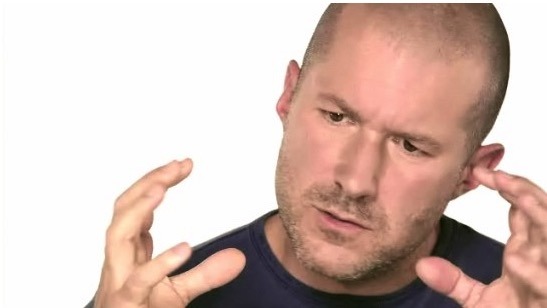
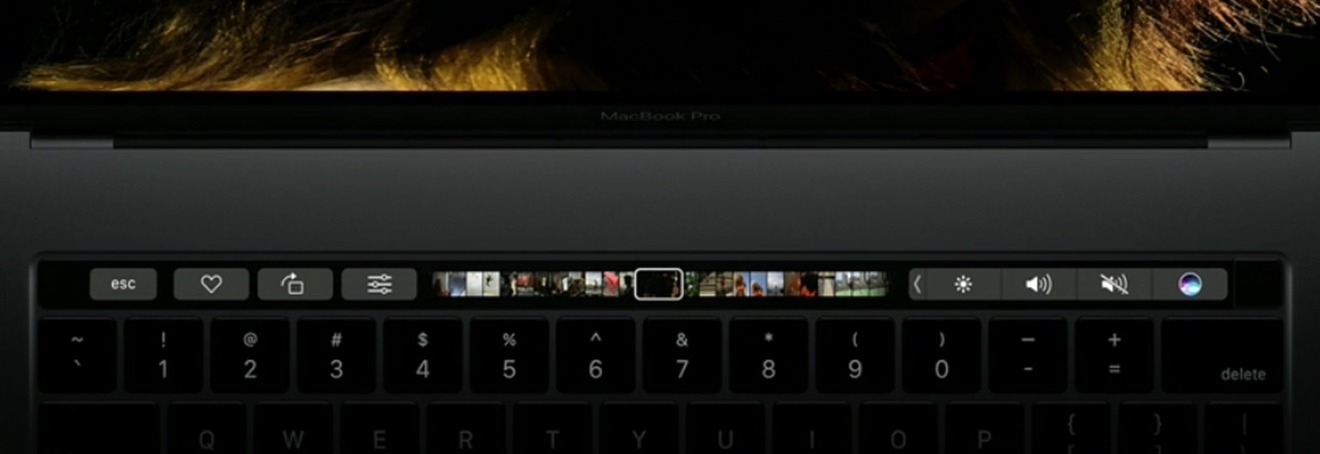

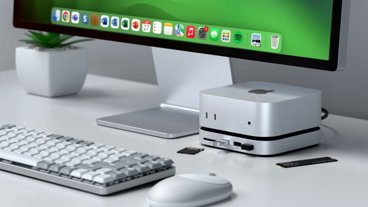

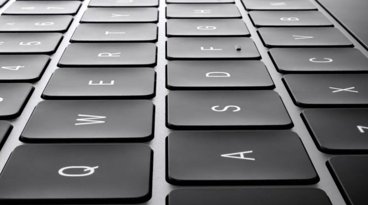
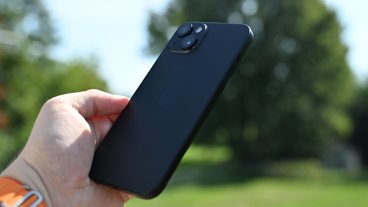








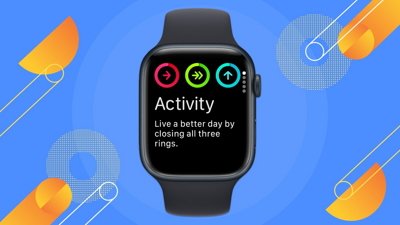
 Andrew Orr
Andrew Orr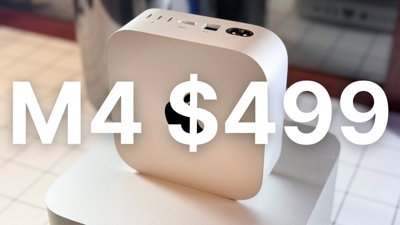
 Christine McKee
Christine McKee
 Sponsored Content
Sponsored Content
 Wesley Hilliard
Wesley Hilliard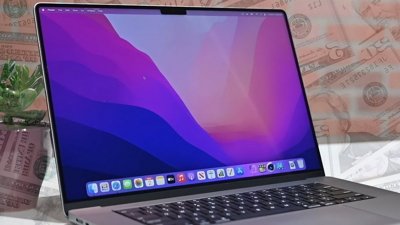
 AppleInsider Staff
AppleInsider Staff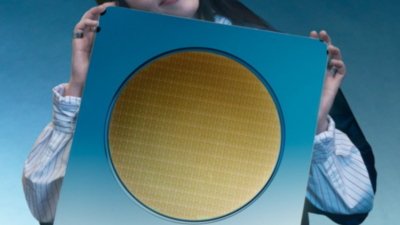
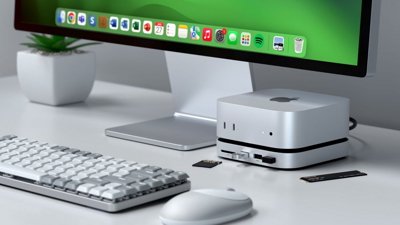
 Amber Neely
Amber Neely

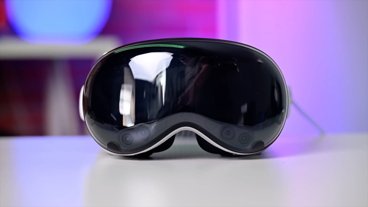






66 Comments
And the routine repeats:
This idea was dumb
Apple isn't innovating
Idea is mocked
5 years later the whole industry adopts idea
Everyone forgot they mocked Apple
repeat
"before settling on the Touch Bar as it stands today."
Can't figure out what else to do with a laptop. "Settles" on marketing gimmick.